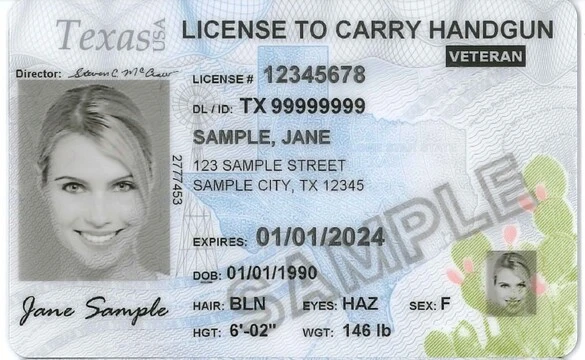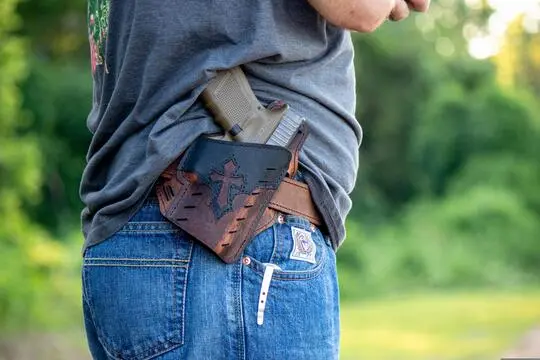Sunrise and sunset dictate our lives. As a Texas License to Carry (LTC) holder, it's crucial to grasp the reality that half of our existence transpires under the veil of darkness. Hence, being adept in low-light scenarios isn't a mere advantage – it's a necessity. In this article, we'll delve into the importance of low-light training and its role in ensuring the safety and legal compliance of LTC holders in the Lone Star State.
Legal Aspects of Low-Light Scenarios and Texas LTC
Navigating the intricate web of Texas firearms legislation requires diligence. Understanding the legal implications of utilizing a firearm in low-light situations is paramount. Texas LTC regulations cover low-light training, ensuring that license holders can confidently and legally protect themselves, even when the sun goes down.
Low-Light Training Course Curriculum
A well-rounded low-light training program encompasses various elements. Trainees learn to identify potential threats, use cover effectively, and adopt proper shooting stances. Additionally, courses incorporate scenario-based training, fostering practical skills that may prove invaluable in real-life situations.
Best Practices for Low-Light Shooting
Safety is paramount when handling firearms, especially in low-light conditions. Consequently, adhering to best practices is essential. These may include properly using equipment such as flashlights and night sights, ensuring that your firearm is always pointed in a safe direction, and maintaining situational awareness at all times.
Equipment for Effective Low-Light Firearms Training
Much like a painter needs a well-stocked palette, LTC holders must equip themselves with the right gear. For low-light training, this may include weapons-mounted lights, night sights, or handheld flashlights. Ultimately, choosing the appropriate equipment is vital in honing one's skills and staying safe in low-light scenarios.
The Inevitability of Low-Light Situations
As an LTC holder, it's not a matter of if, but when you'll encounter a low-light situation. Whether it's a dimly lit parking lot or a nighttime stroll, being equipped with the right training and mindset is indispensable.
Finding and Choosing a Low-Light Training Course in Texas
Identifying the ideal low-light training course hinges on several factors. Prospective trainees should consider the course curriculum, instructor qualifications, and location. Online resources and recommendations from fellow LTC holders can streamline the selection process.
Conclusion:
Embracing the reality that darkness envelops half of our daily lives, Texas LTC holders must prioritize low-light training. By honing their skills, adhering to best practices, and selecting the right equipment, they can confidently navigate low-light scenarios. Ultimately, this investment in training bolsters both their safety and legal compliance, empowering them to protect themselves and others when night falls.




